Home>Gardening & Outdoor>Landscaping Ideas>How Short To Scalp Bermuda Grass
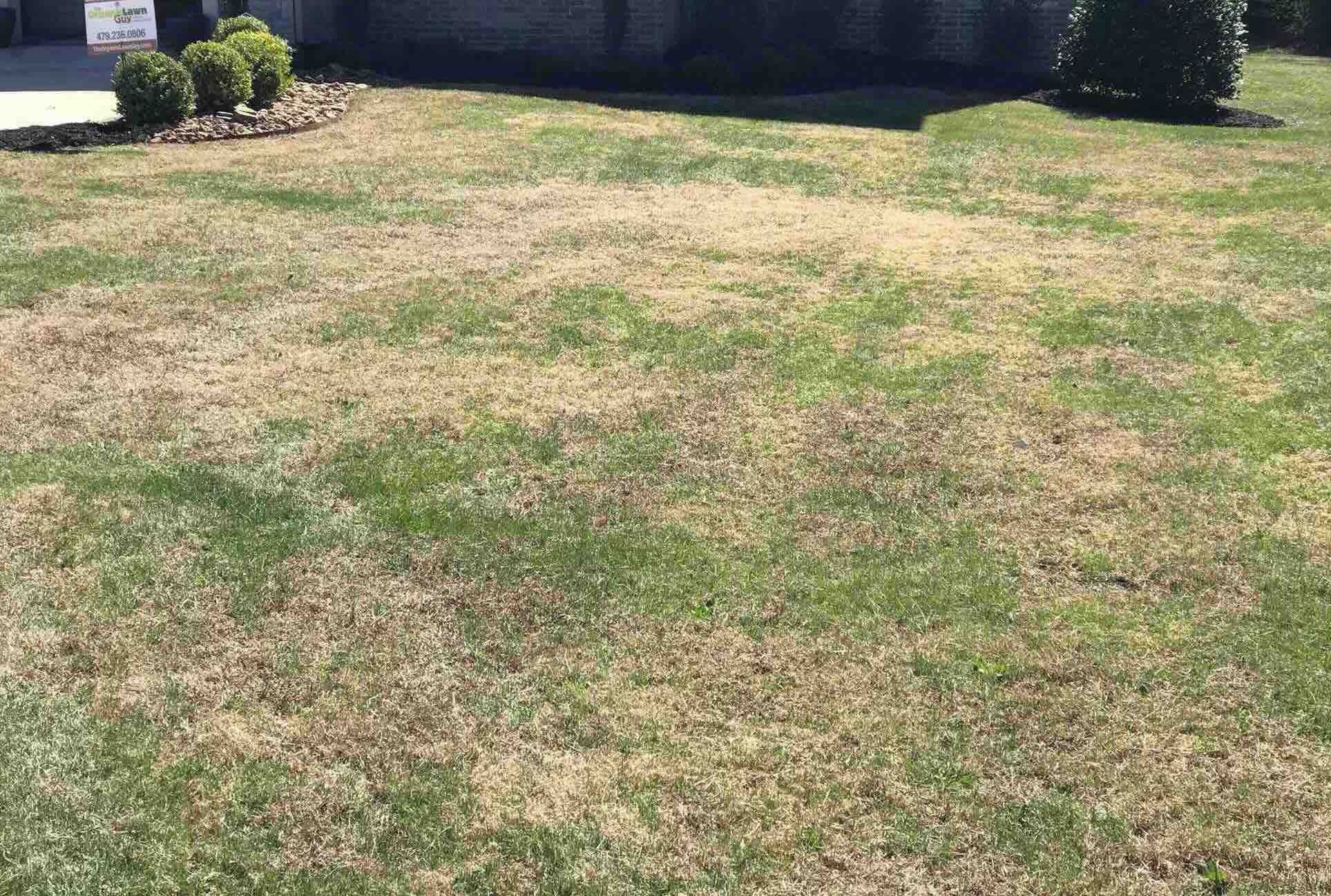

Landscaping Ideas
How Short To Scalp Bermuda Grass
Modified: February 18, 2024
Learn effective landscaping ideas for short Bermuda grass scalping and maintenance. Enhance your lawn with our expert tips and techniques.
(Many of the links in this article redirect to a specific reviewed product. Your purchase of these products through affiliate links helps to generate commission for Storables.com, at no extra cost. Learn more)
**
Introduction
**
When it comes to maintaining a lush and vibrant lawn, Bermuda grass stands out as a popular choice for many homeowners. Its resilience, ability to withstand high temperatures, and rapid growth make it a sought-after option for lawns in warm climates. However, to keep Bermuda grass looking its best, proper maintenance is crucial. One essential aspect of Bermuda grass care is understanding the process of scalping, which plays a significant role in promoting a healthy and robust lawn.
Scalping Bermuda grass involves cutting it extremely short, which may seem counterintuitive to some. However, when done correctly and at the right time, scalping can rejuvenate the grass and contribute to a more vigorous and attractive lawn. In this comprehensive guide, we will delve into the intricacies of Bermuda grass and explore the art of scalping, including its optimal height, benefits, and essential tips for achieving optimal results. Whether you're a seasoned lawn care enthusiast or a beginner looking to elevate your Bermuda grass maintenance game, this article will equip you with the knowledge needed to achieve a thriving and visually stunning lawn.
Key Takeaways:
- Scalping Bermuda grass involves cutting it very short to promote a healthier and more vibrant lawn. It helps reduce thatch buildup and stimulates new growth, leading to a denser and visually appealing turf.
- To scalp Bermuda grass effectively, use the right equipment, time it correctly, and provide post-scalping care. This process can rejuvenate the lawn, making it more resilient and visually stunning.
Read more: When To Scalp Bermuda Grass
Understanding Bermuda Grass
Before delving into the specifics of scalping Bermuda grass, it’s essential to grasp the fundamental characteristics of this resilient turfgrass. Bermuda grass, scientifically known as Cynodon dactylon, is a warm-season grass celebrated for its remarkable durability and adaptability to various soil types. Its fine texture, vibrant green color, and rapid growth make it a preferred choice for lawns, athletic fields, and golf courses in regions with hot summers and mild winters.
Bermuda grass thrives in full sunlight and exhibits exceptional tolerance to drought, making it an ideal option for areas with scorching temperatures. Its robust nature enables it to recover quickly from stress, such as foot traffic and mowing, further enhancing its appeal for high-traffic areas. Additionally, Bermuda grass boasts excellent heat tolerance, allowing it to maintain its lush appearance during the sweltering summer months.
Understanding the growth habits of Bermuda grass is crucial for effective lawn maintenance. This grass spreads through both above-ground stolons and below-ground rhizomes, facilitating its rapid lateral growth and ability to fill in bare patches. Its aggressive growth habit, while beneficial for achieving a dense turf, also necessitates regular maintenance to prevent thatch buildup and promote healthy growth.
Furthermore, Bermuda grass exhibits vigorous vertical growth, which can lead to the accumulation of excessive thatch if not managed properly. Thatch, a layer of dead grass and organic matter that accumulates above the soil, can impede water and nutrient penetration, hindering the grass’s overall health. Understanding these growth patterns and the unique characteristics of Bermuda grass is pivotal in implementing effective maintenance practices, including the strategic approach of scalping.
Scalping Bermuda Grass
Scalping Bermuda grass is a deliberate and strategic lawn care practice that involves mowing the grass at an extremely low height, typically removing a significant portion of the leaf blades. This process differs from regular mowing, which generally maintains a higher grass height to preserve the leaf surface area essential for photosynthesis and overall plant health. While the concept of cutting grass very short may seem counterintuitive, when executed correctly, scalping can yield numerous benefits for Bermuda grass.
The primary objective of scalping Bermuda grass is to remove excessive thatch and promote a more robust and vigorous lawn. Thatch buildup, a common issue with Bermuda grass due to its rapid growth and lateral spread, can impede water, air, and nutrient penetration, hindering the grass’s ability to thrive. By scalping the grass, the accumulated thatch is effectively reduced, allowing for improved air circulation, enhanced nutrient absorption, and overall rejuvenation of the lawn.
It’s important to note that scalping should be performed during the grass’s active growing season, typically in late spring or early summer when Bermuda grass is in its peak growth phase. This timing ensures that the grass can quickly recover from the low mowing height and initiate new growth, ultimately leading to a denser and healthier turf. Additionally, scalping is often preceded by dethatching, further optimizing the lawn’s condition by eliminating excess thatch and preparing it for the rejuvenating effects of scalping.
While scalping offers compelling benefits for Bermuda grass, it requires precision and careful execution to avoid stressing the turf excessively. Improper scalping, such as cutting the grass too short or performing the process during the wrong season, can potentially harm the grass and impede its recovery. Therefore, understanding the optimal height for scalping Bermuda grass is crucial for achieving the desired results while safeguarding the lawn’s overall health and vitality.
Optimal Height for Scalping
When determining the optimal height for scalping Bermuda grass, it’s essential to consider the specific characteristics of this resilient turfgrass and its growth patterns. Unlike traditional mowing, which typically maintains a moderate grass height to support photosynthesis and overall plant health, scalping involves cutting the grass significantly lower to address thatch buildup and rejuvenate the lawn. Understanding the ideal height for scalping is pivotal in achieving the desired outcomes while safeguarding the grass’s well-being.
For Bermuda grass, the optimal height for scalping typically ranges between 0.5 to 1 inch (1.3 to 2.5 cm). This low mowing height allows for the effective removal of excessive thatch, which can impede the grass’s growth and overall vigor. By reducing the thatch layer through scalping, the grass can benefit from improved air circulation, enhanced nutrient absorption, and a rejuvenated growth trajectory, ultimately contributing to a denser and healthier lawn.
It’s important to emphasize that the optimal height for scalping may vary based on factors such as the specific Bermuda grass cultivar, local climate conditions, and the existing thatch layer. Therefore, it’s advisable to consult with local lawn care experts or horticulturists to determine the most suitable scalping height for your particular lawn. Additionally, conducting a thorough assessment of the thatch layer and the grass’s overall condition can provide valuable insights into the appropriate height for initiating the scalping process.
Timing is also a critical consideration when determining the optimal height for scalping Bermuda grass. Scalping should be performed during the grass’s active growing season, typically in late spring or early summer when Bermuda grass is in its peak growth phase. This timing allows the grass to recover swiftly from the low mowing height and capitalize on the rejuvenating effects of scalping, fostering a robust and visually appealing lawn.
By adhering to the recommended scalping height and strategic timing, homeowners can effectively address thatch accumulation and promote the overall health and vitality of their Bermuda grass. It’s important to approach scalping with precision and care, ensuring that the process aligns with the grass’s growth patterns and seasonal dynamics to maximize its rejuvenating benefits.
For Bermuda grass, it’s best to scalp (cut very short) in early spring to remove dead material and promote new growth. Set your mower at the lowest setting and remove no more than 1/3 of the grass height. This will help the grass thrive during the growing season.
Benefits of Scalping Bermuda Grass
Scalping Bermuda grass offers a myriad of benefits that contribute to the overall health, appearance, and resilience of the lawn. While the concept of cutting the grass extremely short may initially raise concerns, understanding the positive outcomes of scalping can instill confidence in homeowners seeking to rejuvenate their Bermuda grass and achieve a lush and vibrant lawn.
One of the primary benefits of scalping Bermuda grass is the effective reduction of thatch buildup. Thatch, a layer of dead grass and organic matter that accumulates above the soil, can impede water, air, and nutrient penetration, hindering the grass’s ability to thrive. By mowing the grass at a significantly lower height, excess thatch is removed, promoting improved air circulation, enhanced nutrient absorption, and a conducive environment for new growth. This process rejuvenates the lawn and contributes to a denser and healthier turf.
Furthermore, scalping Bermuda grass stimulates vigorous new growth, leading to a denser and more visually appealing lawn. By cutting the grass at an optimal height during its peak growth phase, the rejuvenating effects of scalping encourage the development of new shoots and a more robust turf. This revitalized growth trajectory contributes to a lush and vibrant lawn, enhancing the overall aesthetic appeal of the landscape.
In addition to promoting healthier growth, scalping Bermuda grass can also enhance the lawn’s resilience and ability to withstand environmental stressors. By addressing thatch accumulation and rejuvenating the grass, scalping fosters a more resilient turf capable of withstanding foot traffic, heat stress, and other environmental challenges. This resilience is particularly valuable for homeowners seeking a durable and visually stunning lawn that can thrive in diverse conditions.
Moreover, scalping Bermuda grass can facilitate more effective nutrient uptake and water penetration, further bolstering the grass’s overall health and vitality. By reducing thatch and promoting a rejuvenated growth trajectory, the lawn can benefit from improved access to essential nutrients and water, supporting its long-term health and sustainability.
Ultimately, the benefits of scalping Bermuda grass extend beyond immediate aesthetic improvements, encompassing enhanced resilience, improved nutrient uptake, and long-term vitality. By embracing this strategic lawn care practice, homeowners can cultivate a thriving and visually stunning Bermuda grass lawn that serves as a testament to the transformative power of proper maintenance and rejuvenation.
Read more: How To Scalp Grass
Tips for Scalping Bermuda Grass
Executing the process of scalping Bermuda grass with precision and care is essential to maximize its rejuvenating benefits and promote a healthier, more vibrant lawn. By adhering to strategic tips and best practices, homeowners can ensure that the scalping process is conducted effectively, safeguarding the grass’s well-being and fostering optimal results.
Select the Right Equipment: When preparing to scalp Bermuda grass, it's crucial to use the appropriate lawn mower and ensure that the blades are sharp and well-maintained. Dull blades can tear the grass, leading to stress and potential damage. Additionally, consider using a reel mower for a more precise and even cut, enhancing the overall effectiveness of the scalping process.
Gradual Reduction in Height: If the grass has grown excessively tall, it's advisable to gradually reduce its height over the course of a few mowing sessions before initiating the scalping process. This gradual approach minimizes stress on the grass and allows it to acclimate to lower mowing heights, ultimately facilitating a smoother transition into the scalping phase.
Dethatching Preparation: Prior to scalping Bermuda grass, consider dethatching the lawn to remove excessive thatch buildup. This preparatory step can optimize the effectiveness of scalping by addressing underlying thatch issues and setting the stage for the grass's rejuvenation.
Strategic Timing: Scalping Bermuda grass should be performed during the grass's active growing season, typically in late spring or early summer when it is in its peak growth phase. This timing allows the grass to recover swiftly from the low mowing height and capitalize on the rejuvenating effects of scalping, fostering a robust and visually appealing lawn.
Avoid Scalping in Extreme Heat: While timing is crucial, it's important to avoid scalping Bermuda grass during periods of extreme heat or drought. Conduct the scalping process when the grass is actively growing and can recover effectively, minimizing the risk of stress and damage.
Post-Scalping Care: Following the scalping process, provide the grass with adequate water and nutrients to support its recovery and promote new growth. Consider applying a balanced fertilizer to replenish essential nutrients and facilitate the grass's rejuvenation.
Monitor Recovery: After scalping Bermuda grass, monitor the lawn closely to assess its recovery and response to the rejuvenating effects of the process. Adjust your ongoing lawn care practices based on the grass's progress, ensuring that it continues to thrive and flourish.
By incorporating these tips into the scalping process, homeowners can navigate this rejuvenating practice with confidence, ultimately fostering a healthier, more resilient Bermuda grass lawn that exudes vitality and visual appeal.
Conclusion
Embarking on the journey of scalping Bermuda grass unveils a transformative opportunity to rejuvenate and elevate the health and aesthetics of your lawn. By understanding the unique characteristics of Bermuda grass, embracing strategic scalping practices, and implementing essential tips, homeowners can cultivate a thriving and visually stunning turf that stands as a testament to the power of proper maintenance and rejuvenation.
Scalping Bermuda grass, when executed with precision and care, offers a multitude of benefits that extend beyond immediate aesthetic enhancements. From effectively reducing thatch buildup to stimulating vigorous new growth and enhancing the lawn’s resilience, the rejuvenating effects of scalping contribute to a robust and visually appealing turf capable of withstanding diverse environmental stressors.
As you embark on the scalping journey, remember that timing is pivotal, and selecting the right equipment, such as a reel mower, can enhance the effectiveness of the process. Additionally, consider preparatory steps such as gradual reduction in height and dethatching to optimize the rejuvenating effects of scalping, ultimately fostering a healthier and more vibrant lawn.
It’s essential to approach scalping with a keen understanding of Bermuda grass’s growth patterns and seasonal dynamics, ensuring that the process aligns with the grass’s needs and facilitates its rejuvenation. By adhering to the optimal height for scalping and strategic timing, homeowners can effectively address thatch accumulation and promote the overall health and vitality of their Bermuda grass.
Embrace the post-scalping phase with attentive care, providing the grass with essential water and nutrients to support its recovery and foster new growth. By monitoring the lawn’s progress and adjusting ongoing maintenance practices, you can ensure that your Bermuda grass continues to thrive and flourish, showcasing its resilience and vibrancy.
Ultimately, the journey of scalping Bermuda grass transcends mere lawn care; it represents a commitment to nurturing and enhancing the natural beauty of your outdoor space. Through strategic maintenance and the transformative effects of scalping, you can cultivate a lush and visually stunning Bermuda grass lawn that serves as a testament to the enduring allure of a well-tended landscape.
So, embrace the art of scalping, harness its rejuvenating benefits, and witness your Bermuda grass flourish into a vibrant and resilient turf that captivates and inspires.
Frequently Asked Questions about How Short To Scalp Bermuda Grass
Was this page helpful?
At Storables.com, we guarantee accurate and reliable information. Our content, validated by Expert Board Contributors, is crafted following stringent Editorial Policies. We're committed to providing you with well-researched, expert-backed insights for all your informational needs.
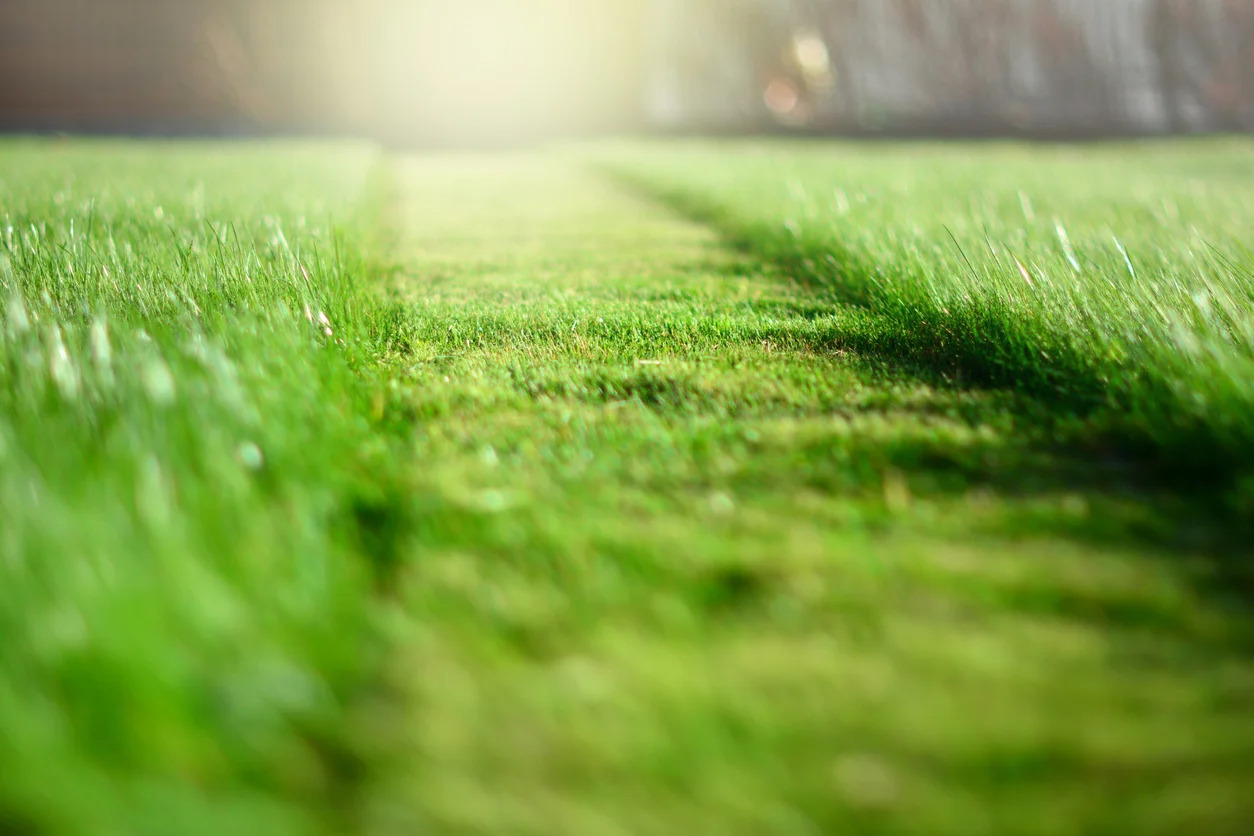
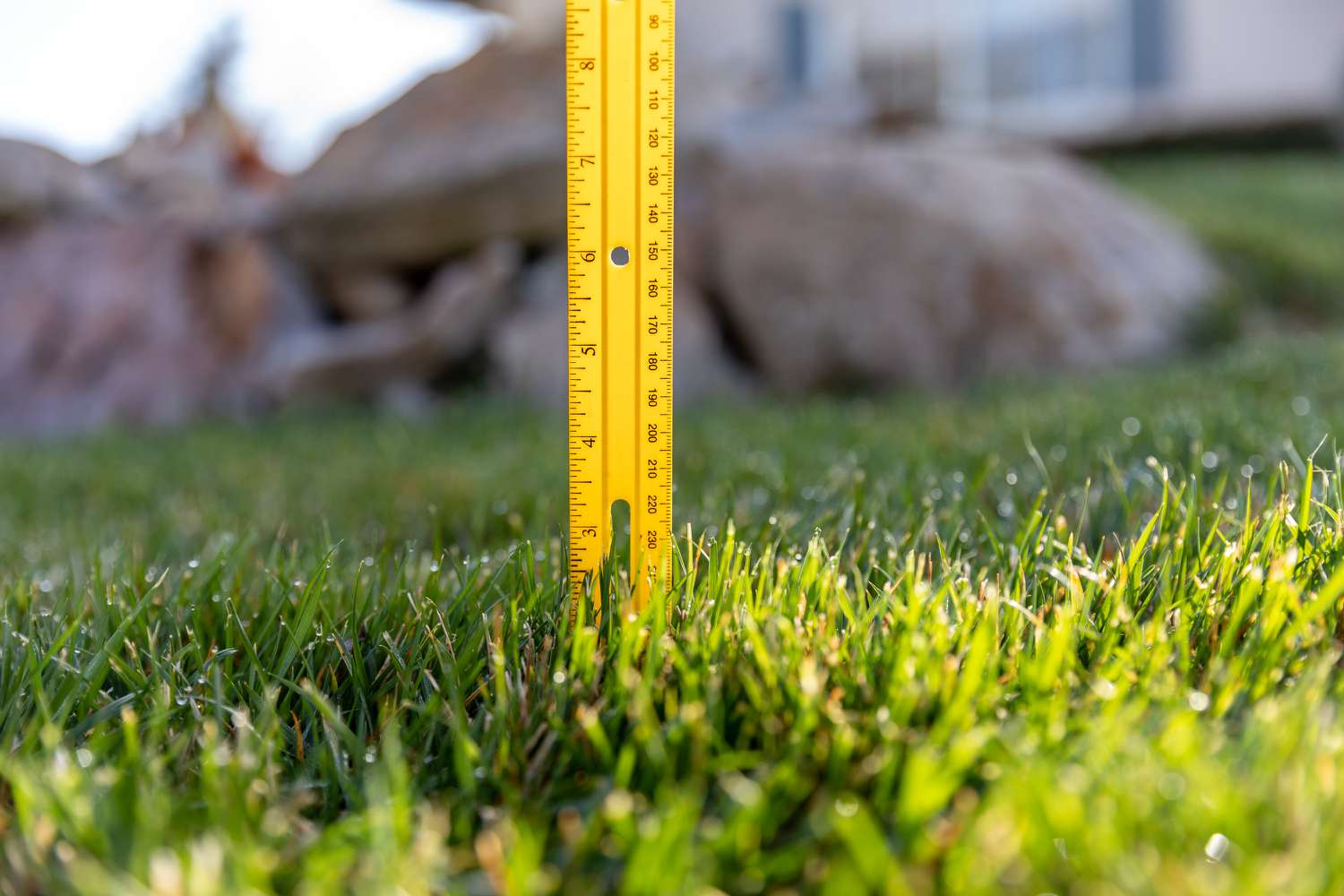
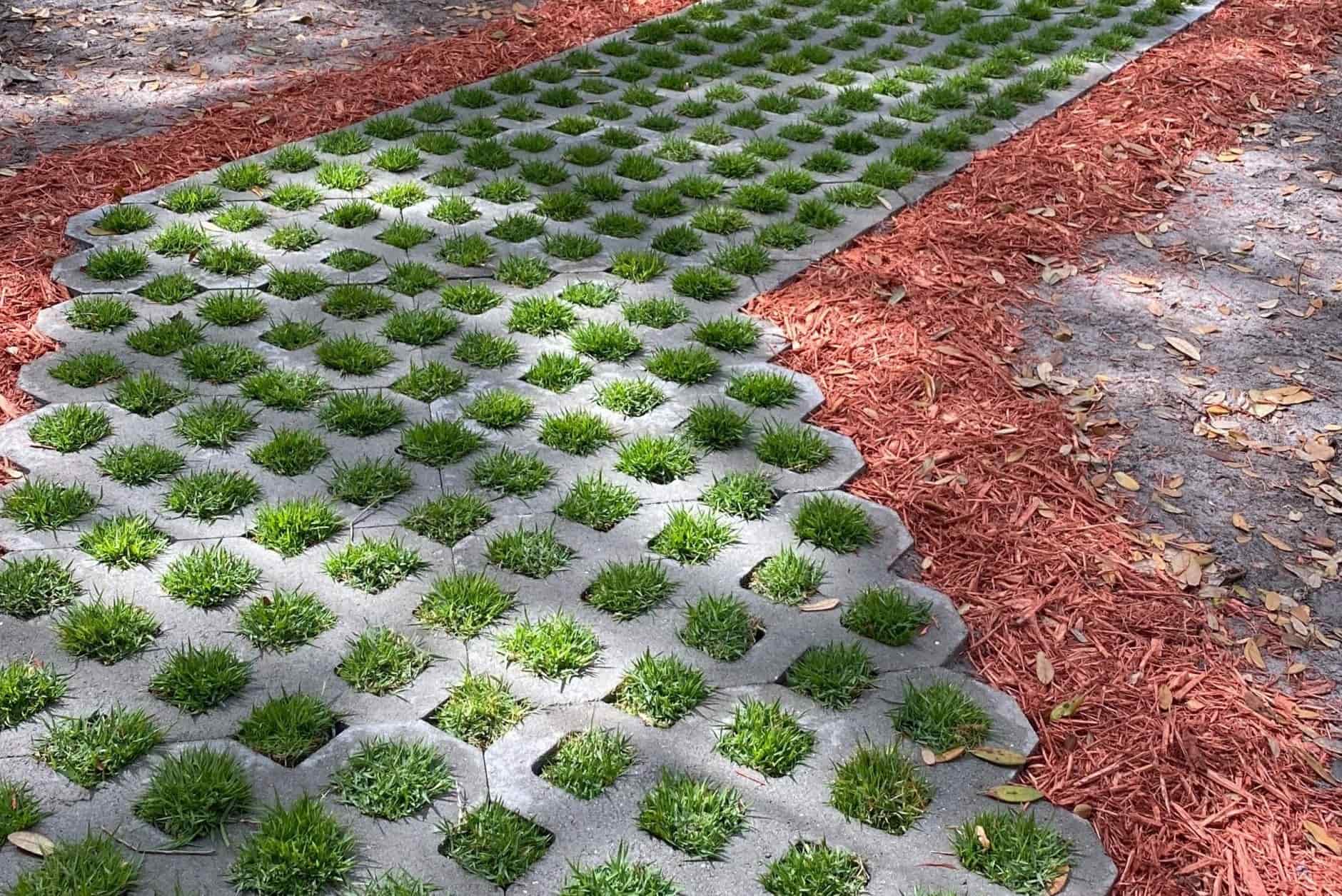
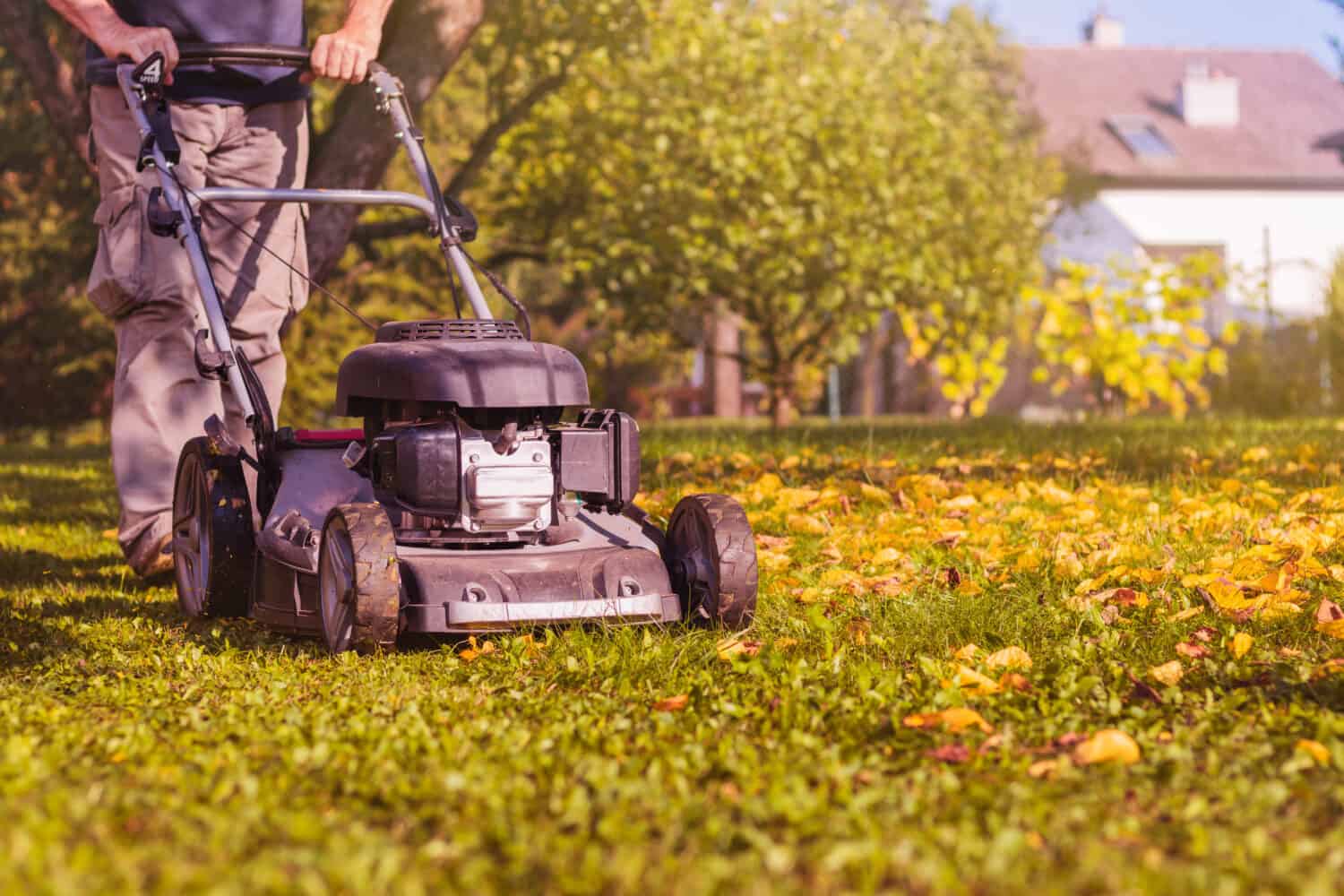
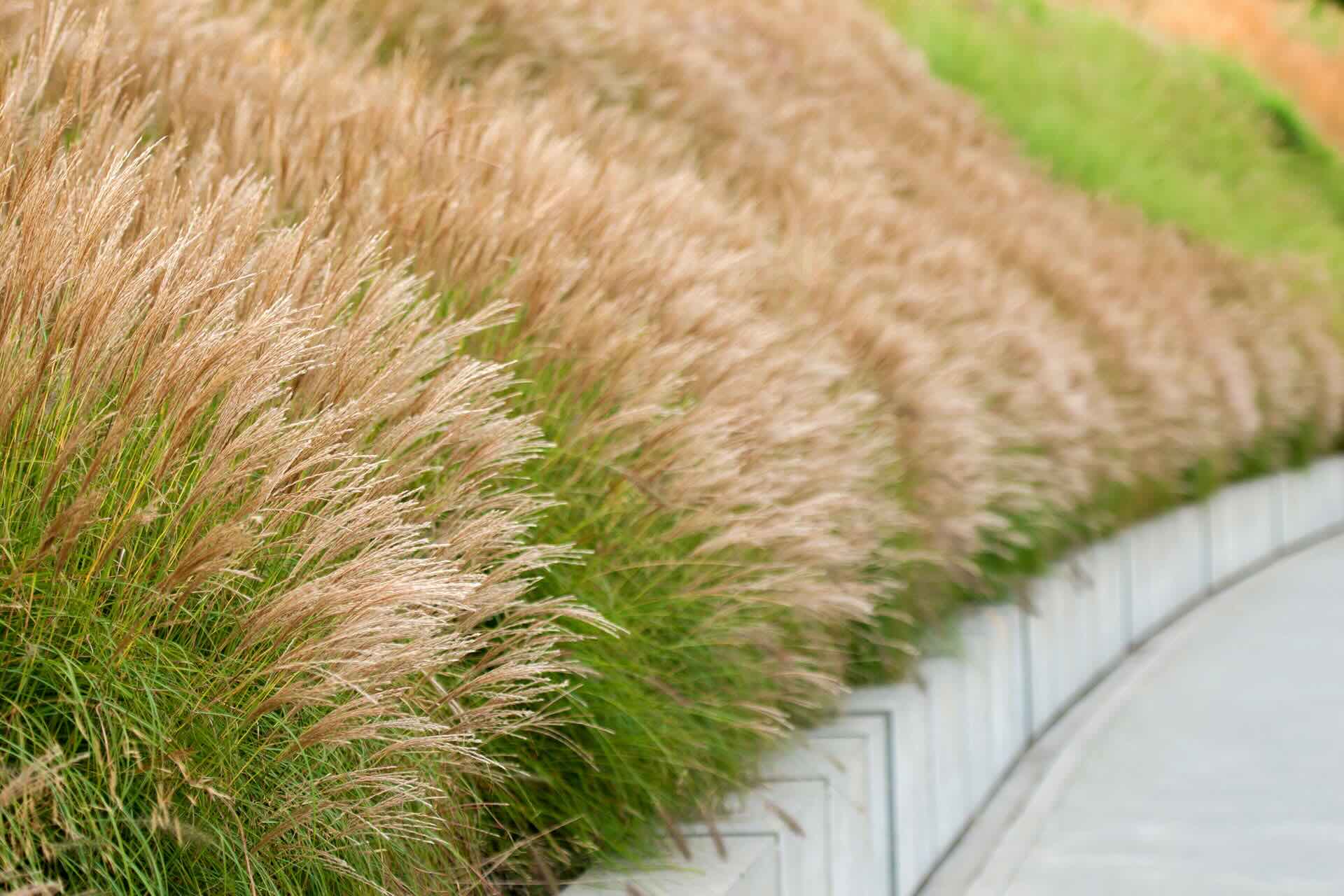
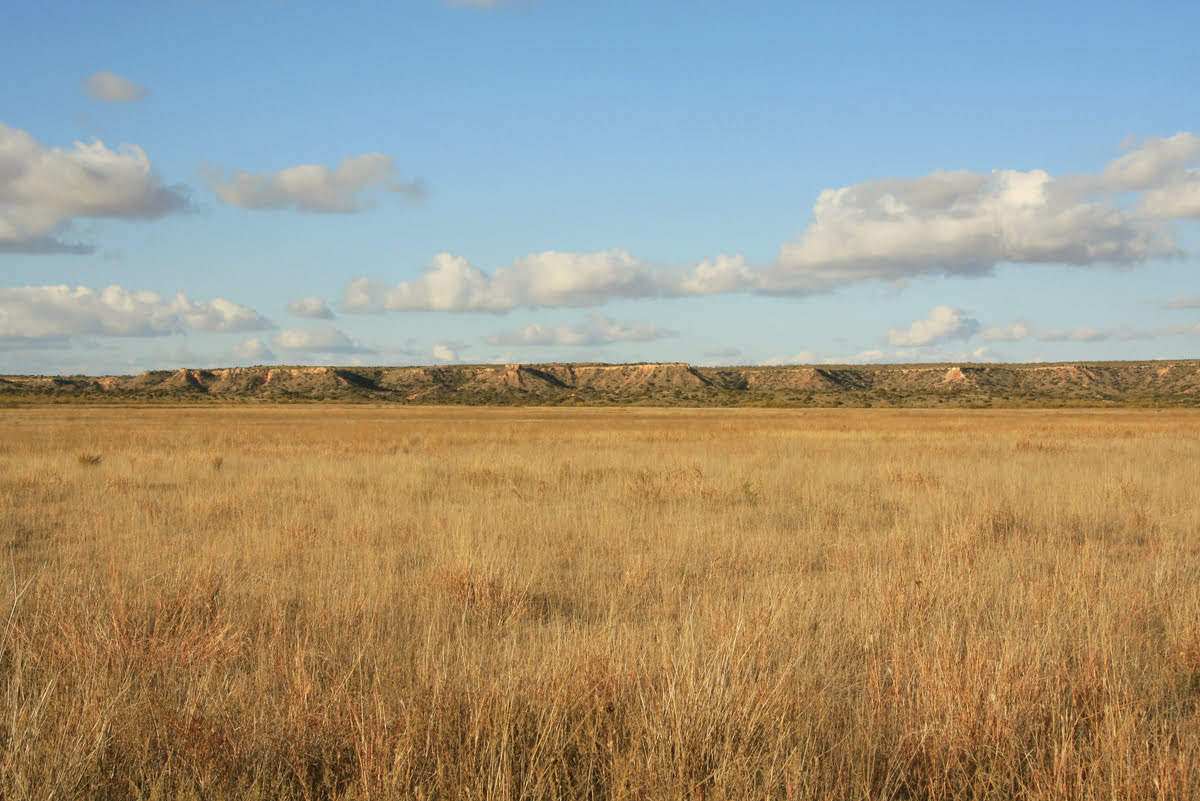
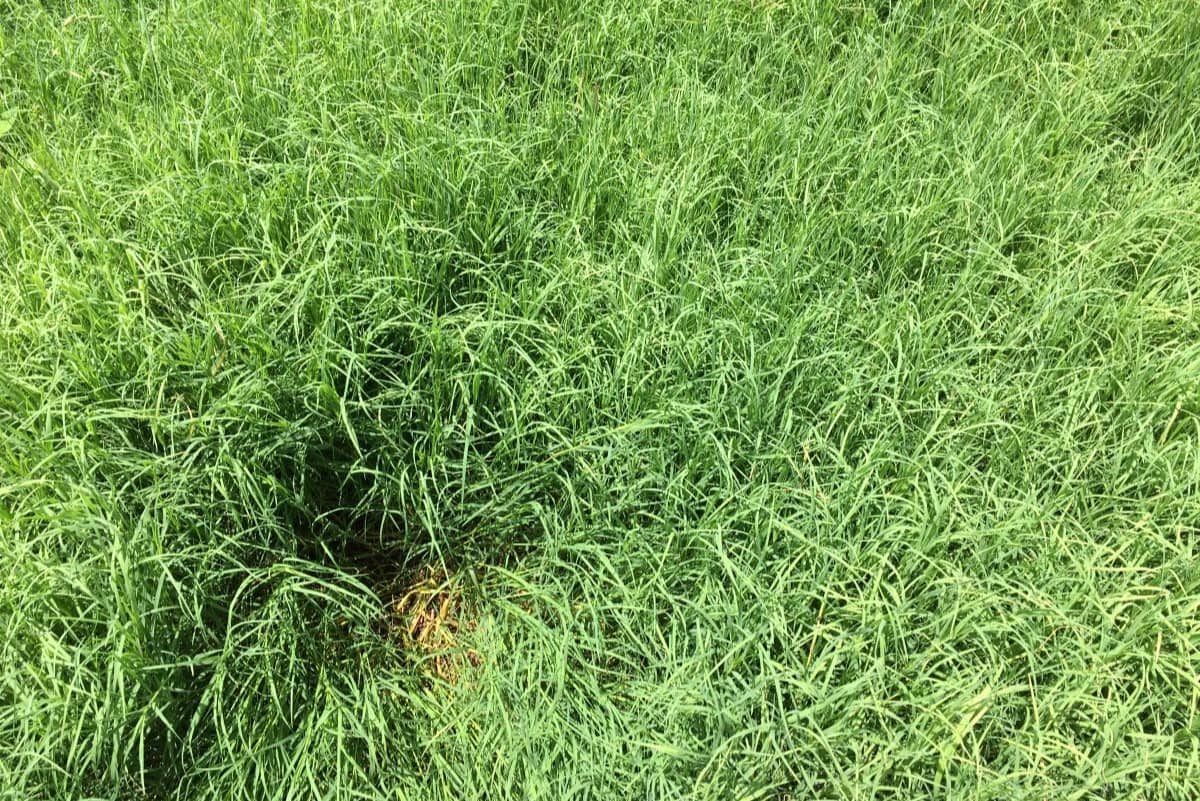
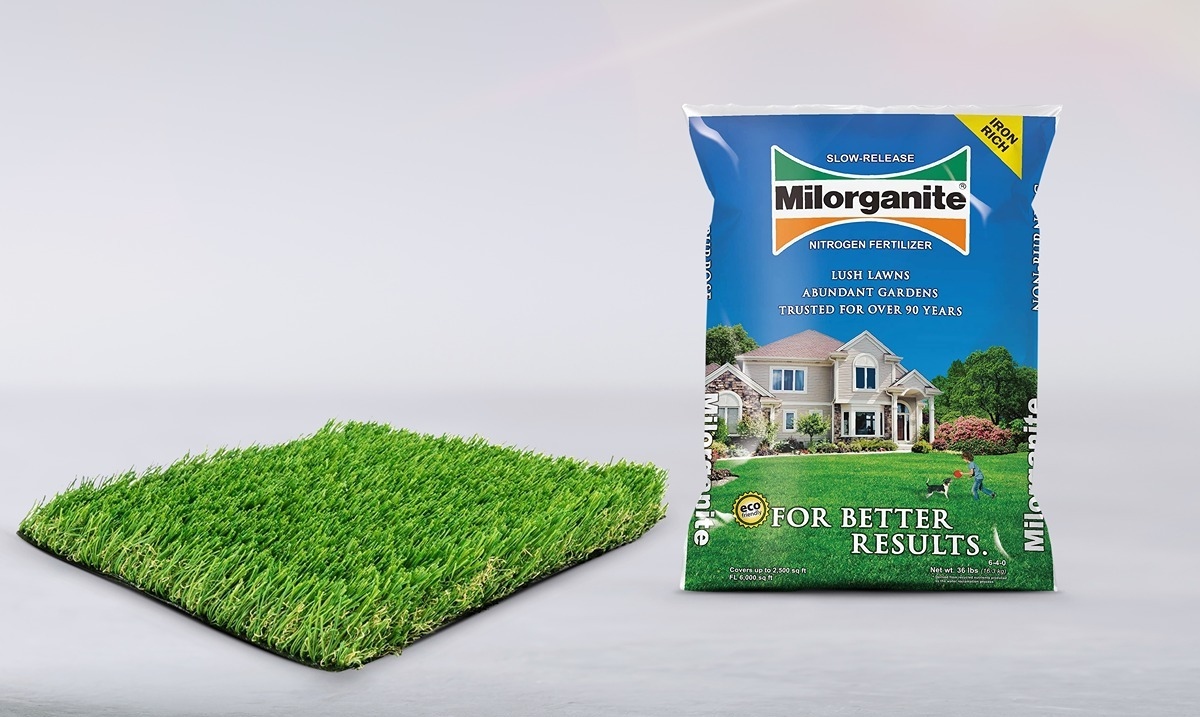
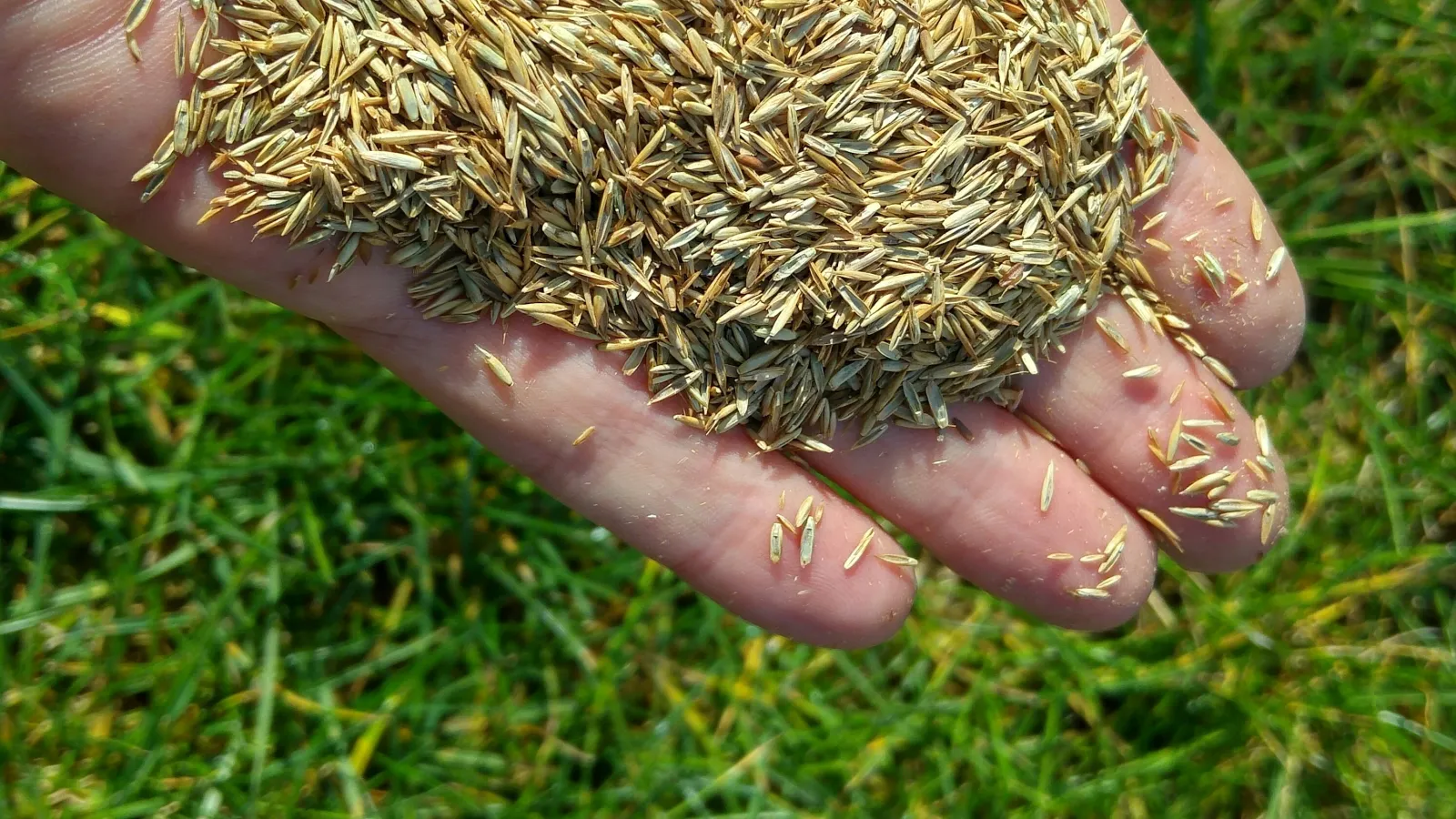
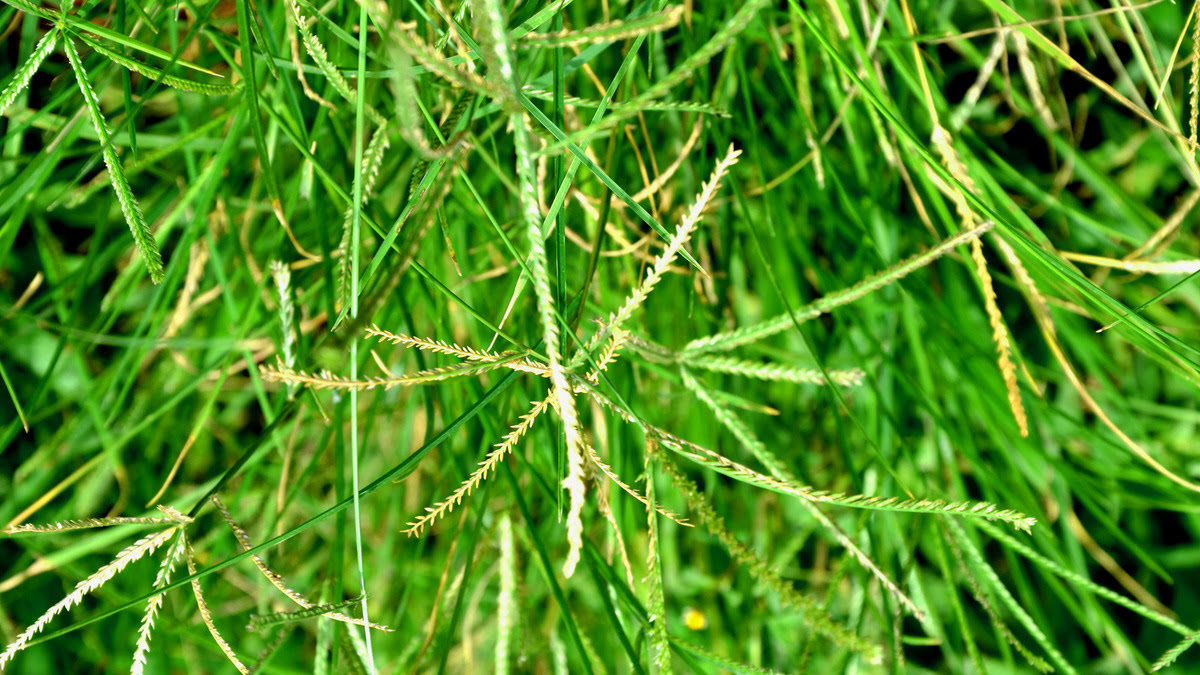
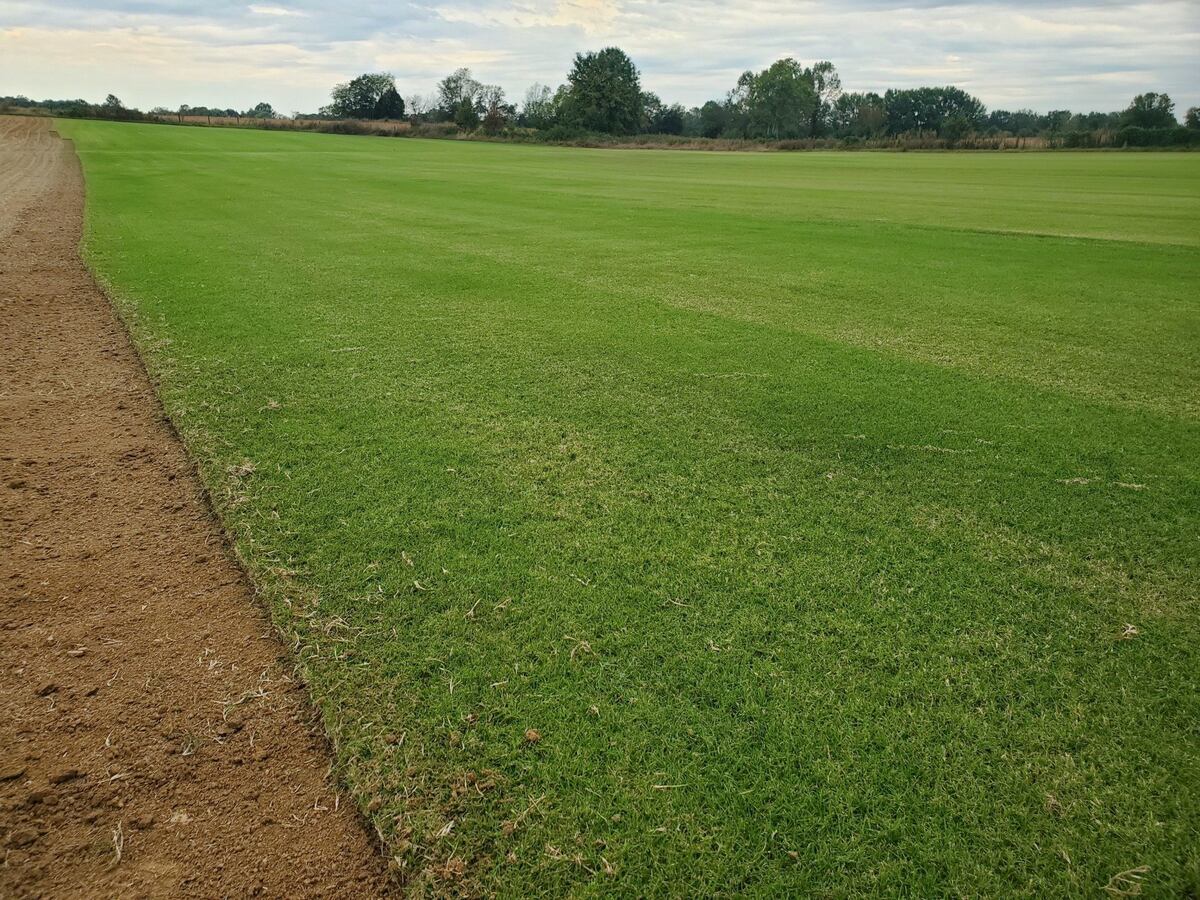
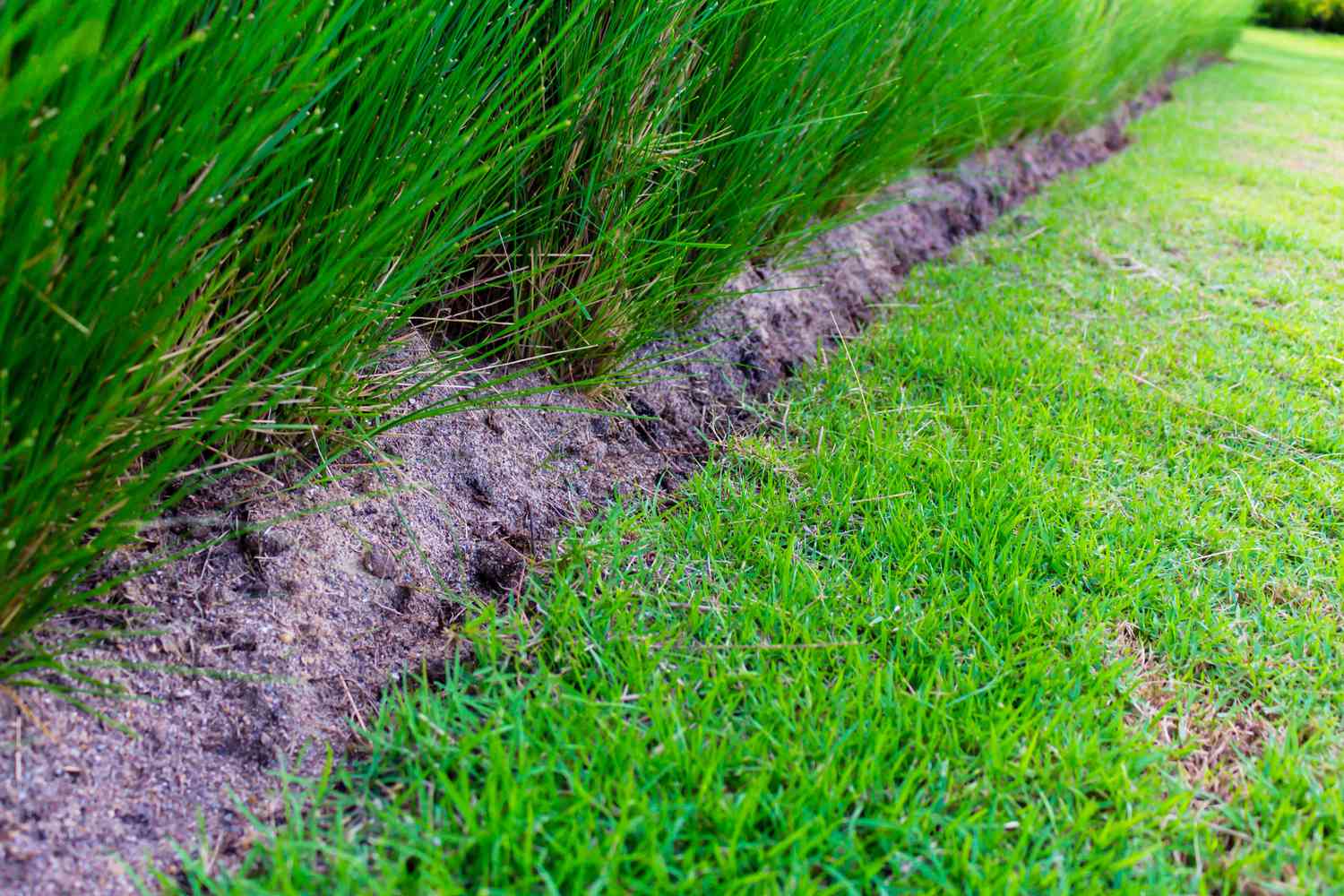
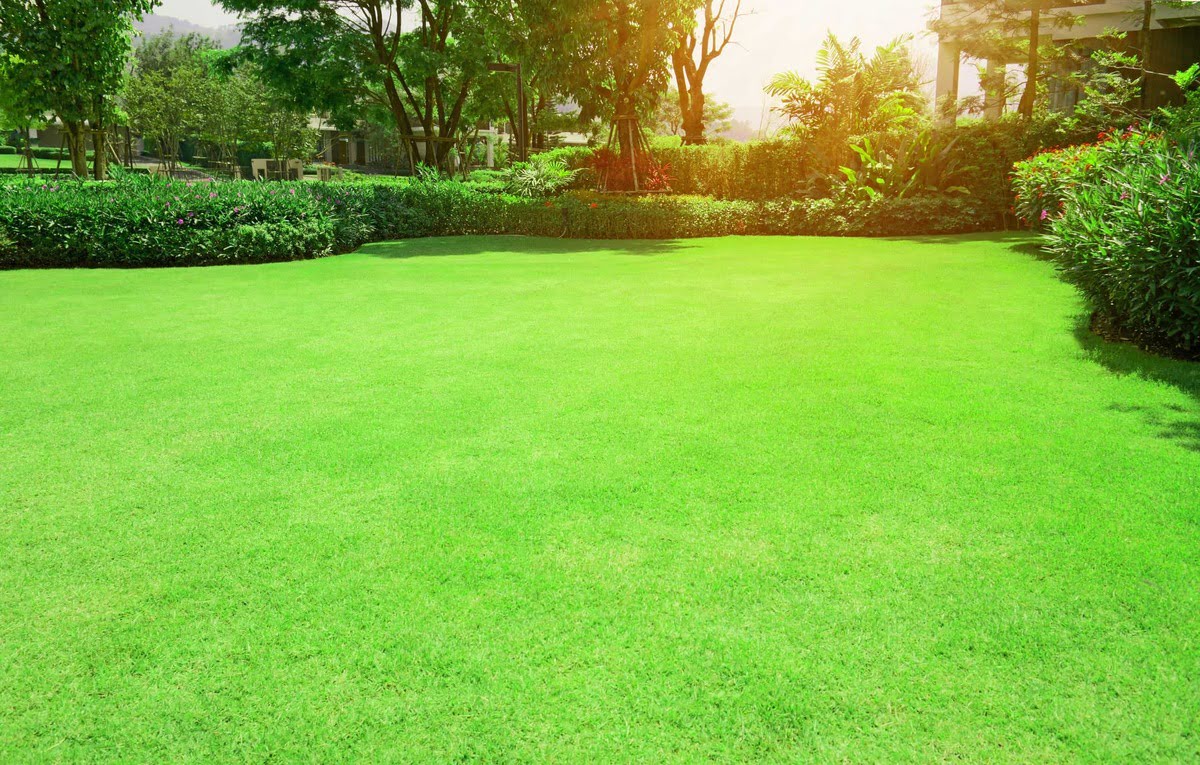
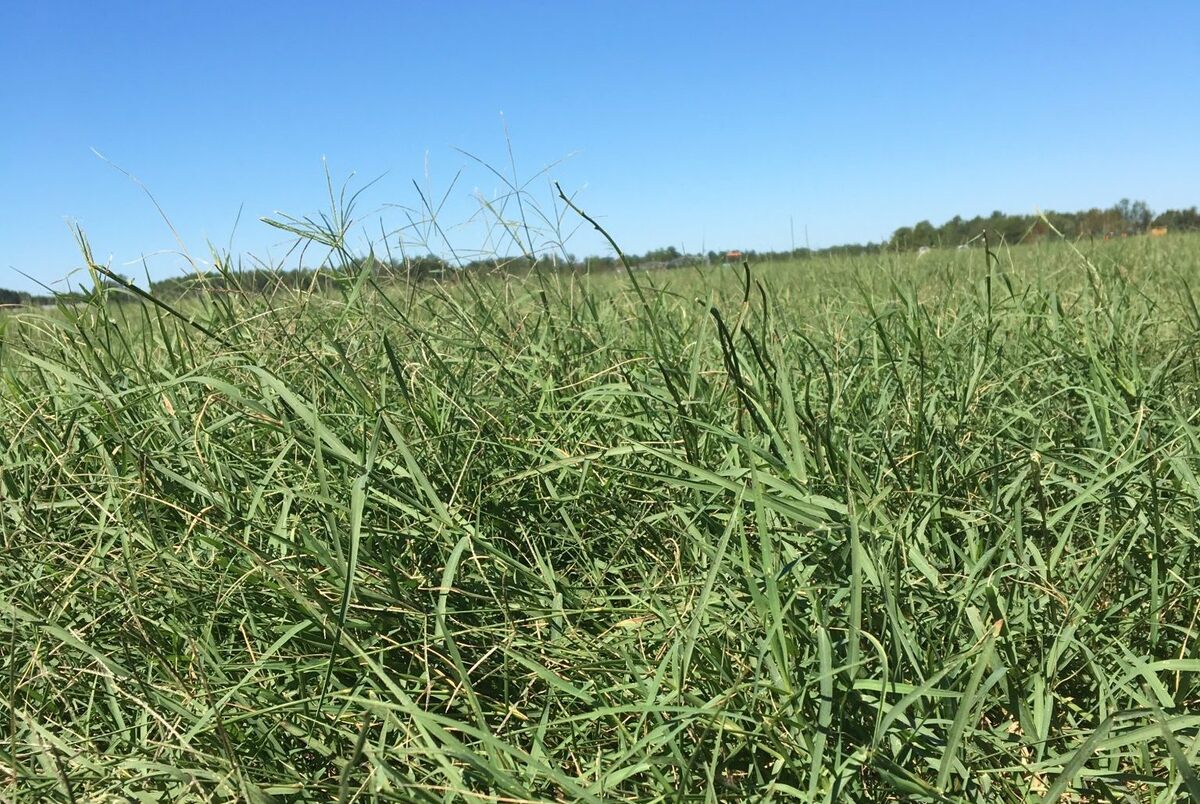

0 thoughts on “How Short To Scalp Bermuda Grass”